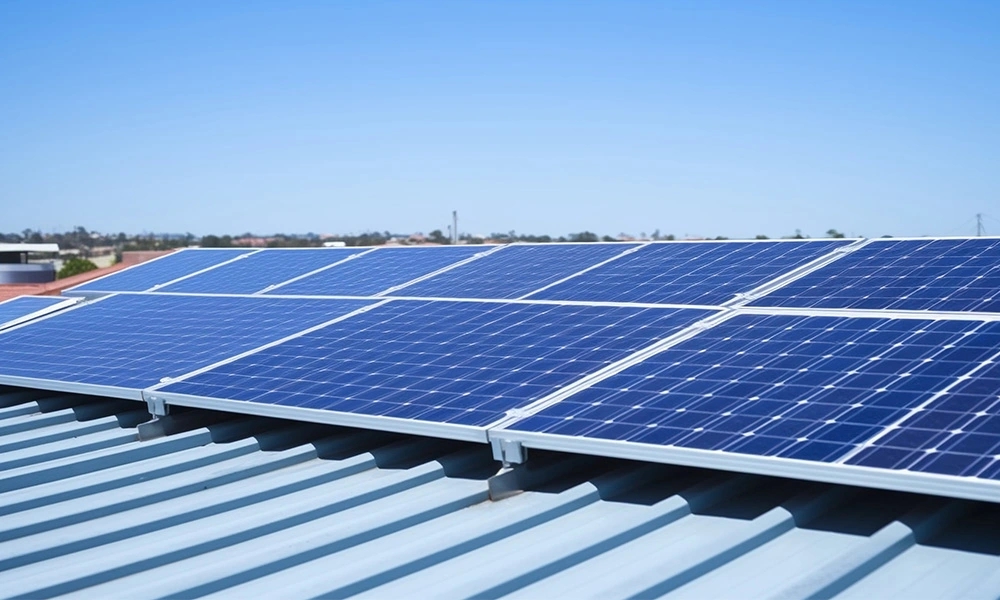- All
- Product Management
- News And Information
- Presentation
- Enterprise Branch
- FAQ
- Enterprise Video
- Enterprise Atlas
How can the performance of microinverters be monitored?
Release time:
2024-04-26 00:00

Integrated Monitoring Systems:
Many microinverter manufacturers offer monitoring systems compatible with their products, which can track the performance of each inverter in real-time.
These systems typically include a user interface that displays data such as power output, efficiency, potential faults, and environmental impacts.
Smartphone Apps:
Several inverter brands also provide smartphone apps that allow users to view system data in real-time from their phones.
These apps often provide detailed energy output reports and historical data analysis, helping users optimize the use of their photovoltaic systems.
Remote Data Access:
Remote monitoring capabilities enable users to check system status without being at home.
Data can be sent to a cloud platform via an internet connection, allowing access from any location with internet access.
Energy Management Systems:
Advanced Energy Management Systems (EMS) can integrate data from microinverters with other energy systems in the home or building.
These systems can optimize energy usage, automatically adjusting loads and production to improve overall efficiency.
Performance Reports and Alerts:
Modern monitoring systems can generate performance reports automatically and send alerts when a decline in performance or equipment failure is detected.
These features are crucial for timely maintenance and repairs, helping to prevent larger losses.
Integration with Professional Services:
Some systems allow linking with professional solar service providers who can diagnose problems remotely and provide maintenance advice or automatically schedule repair services.
Through these methods, the performance of microinverters can be effectively monitored, allowing for the timely identification and resolution of issues, ensuring the solar system operates at its best efficiency.
News












